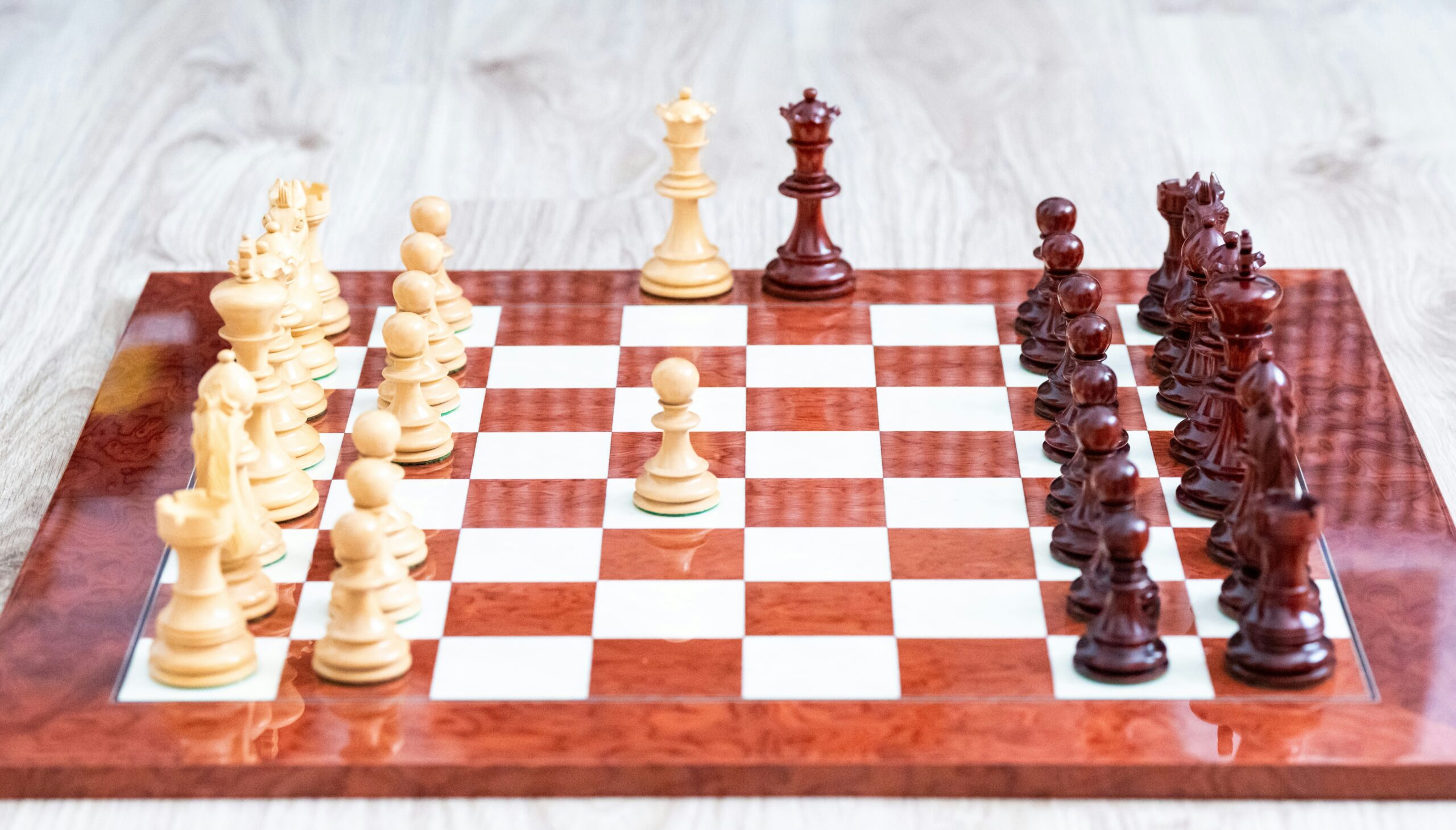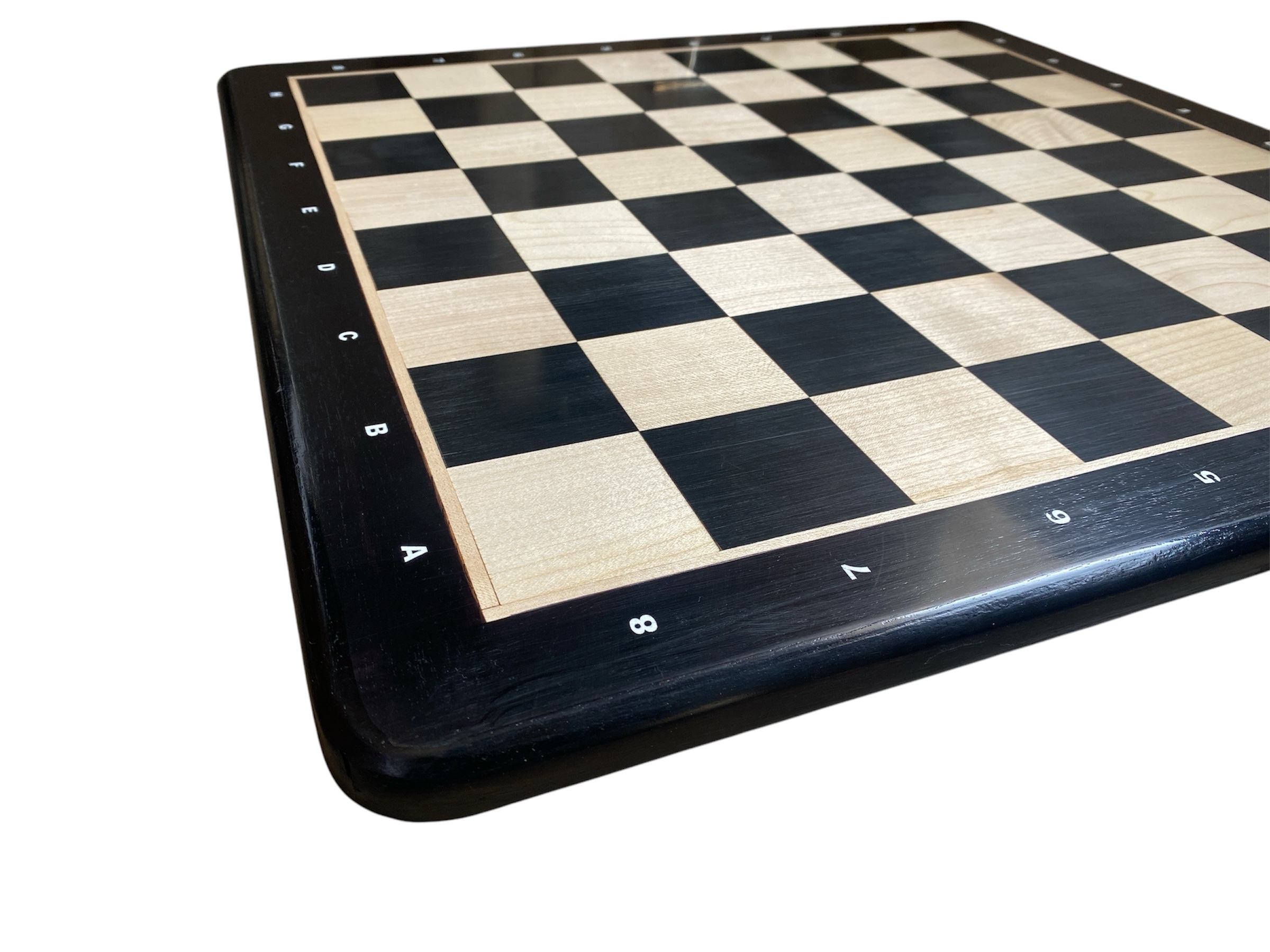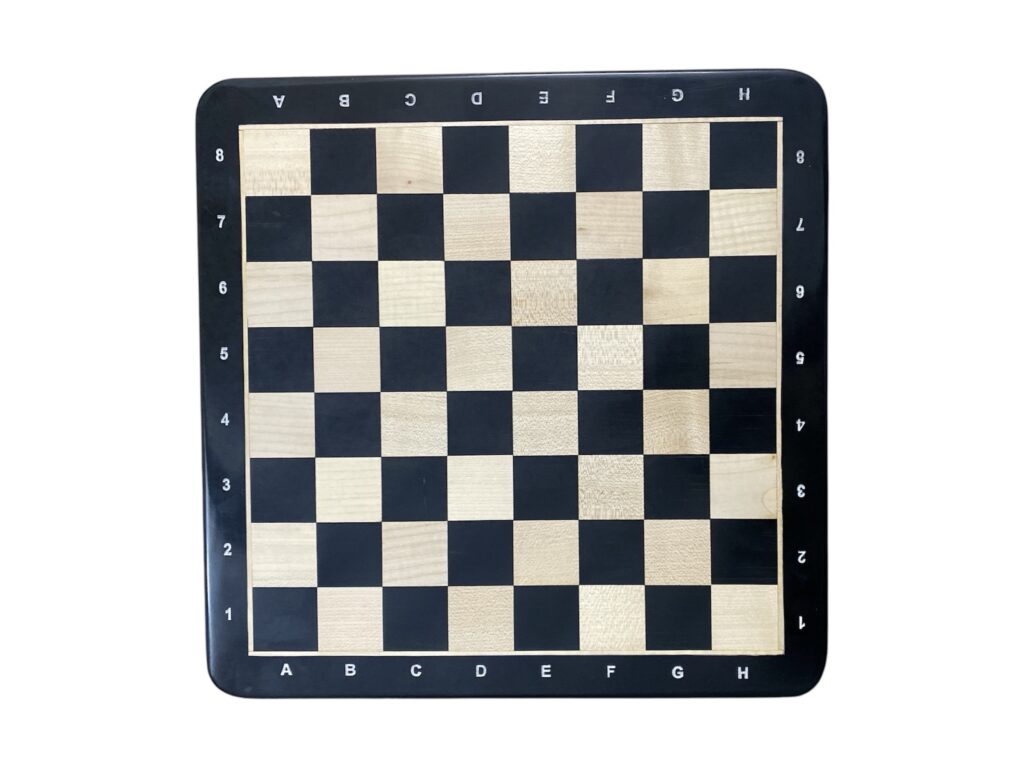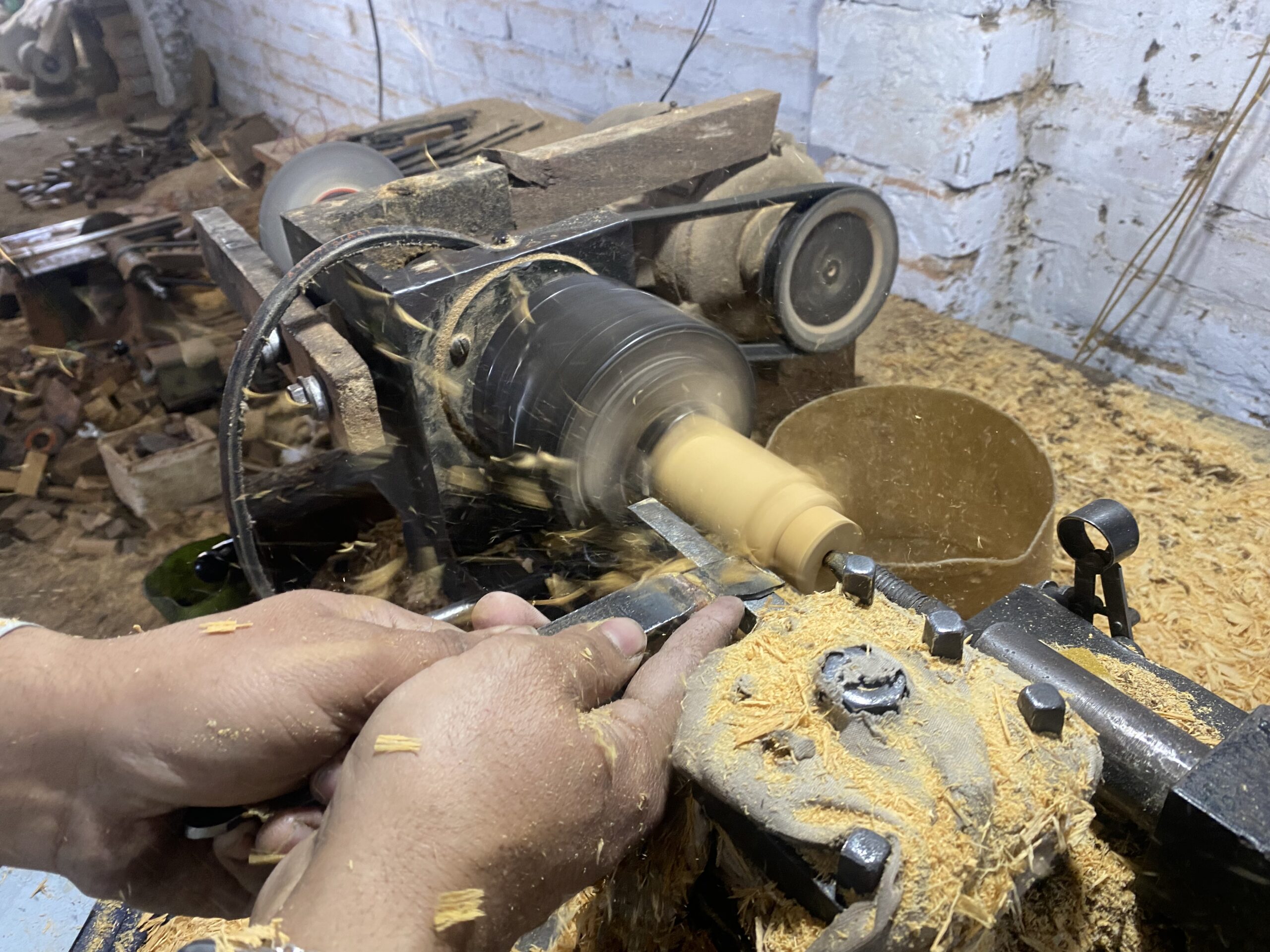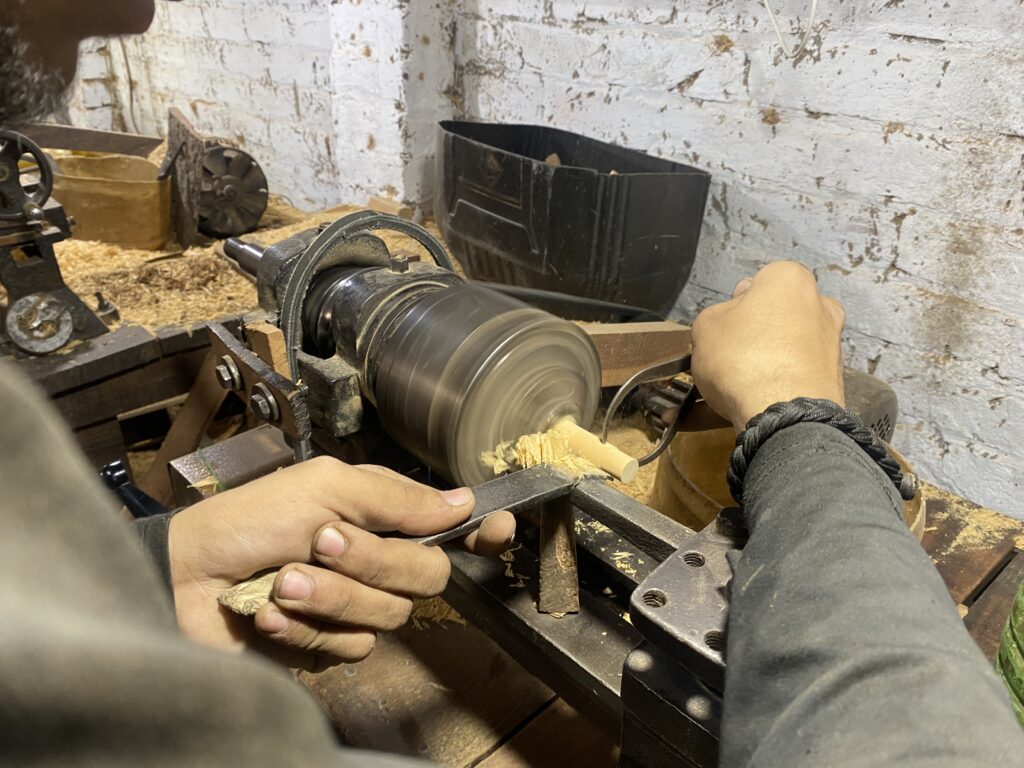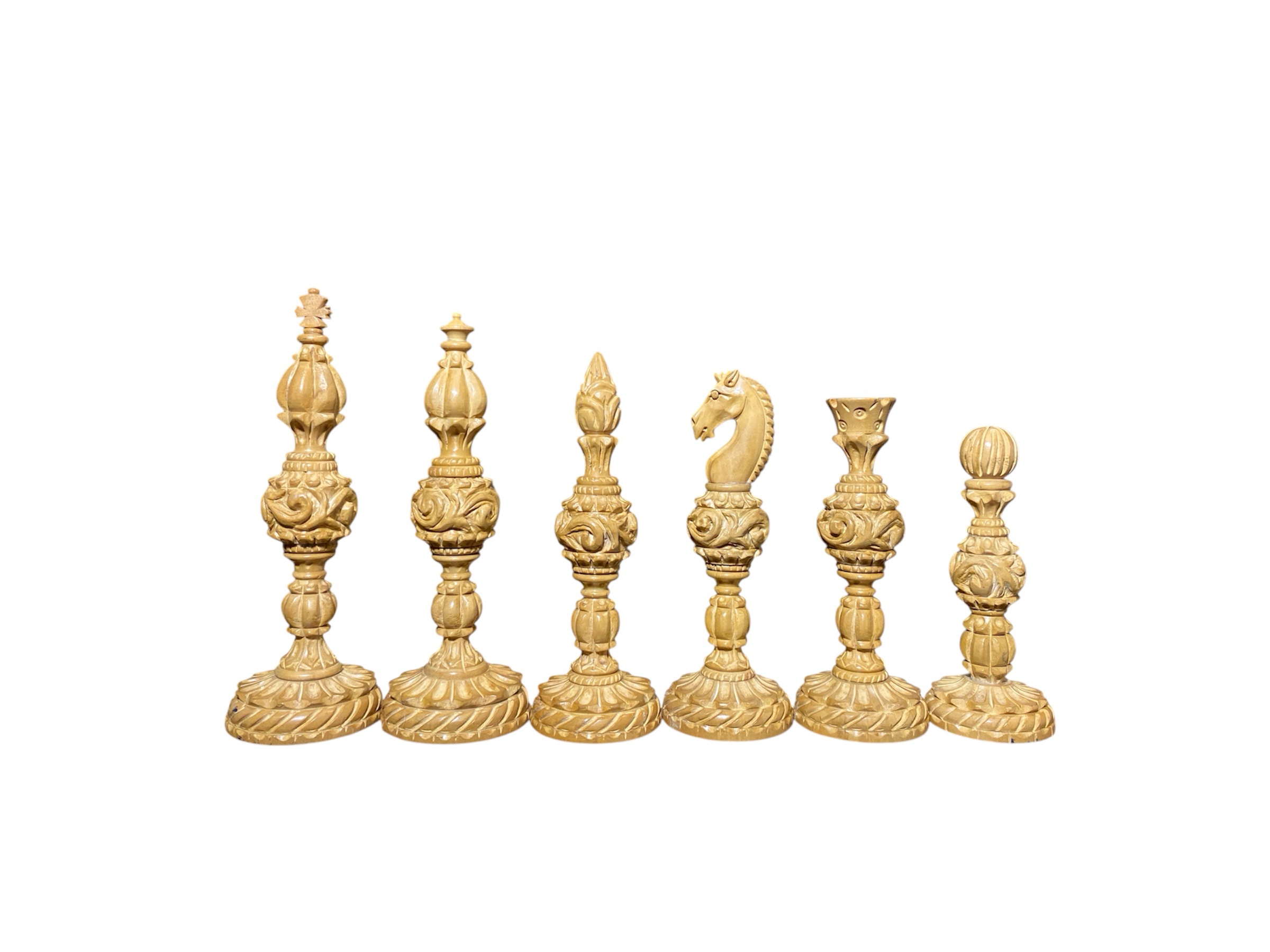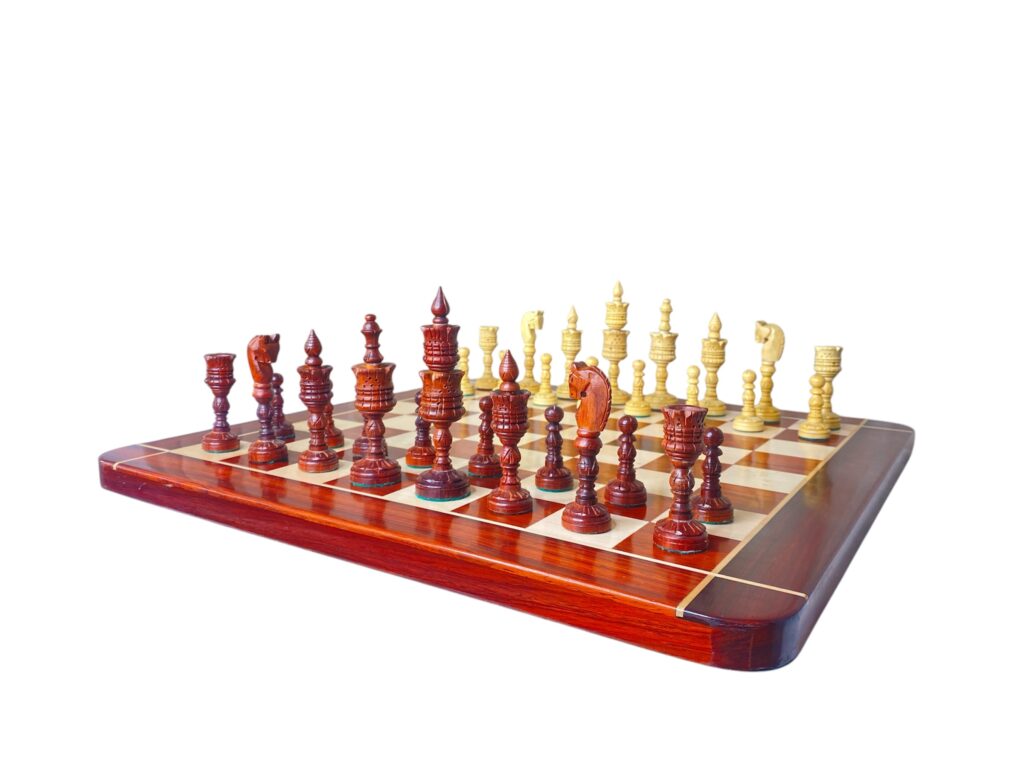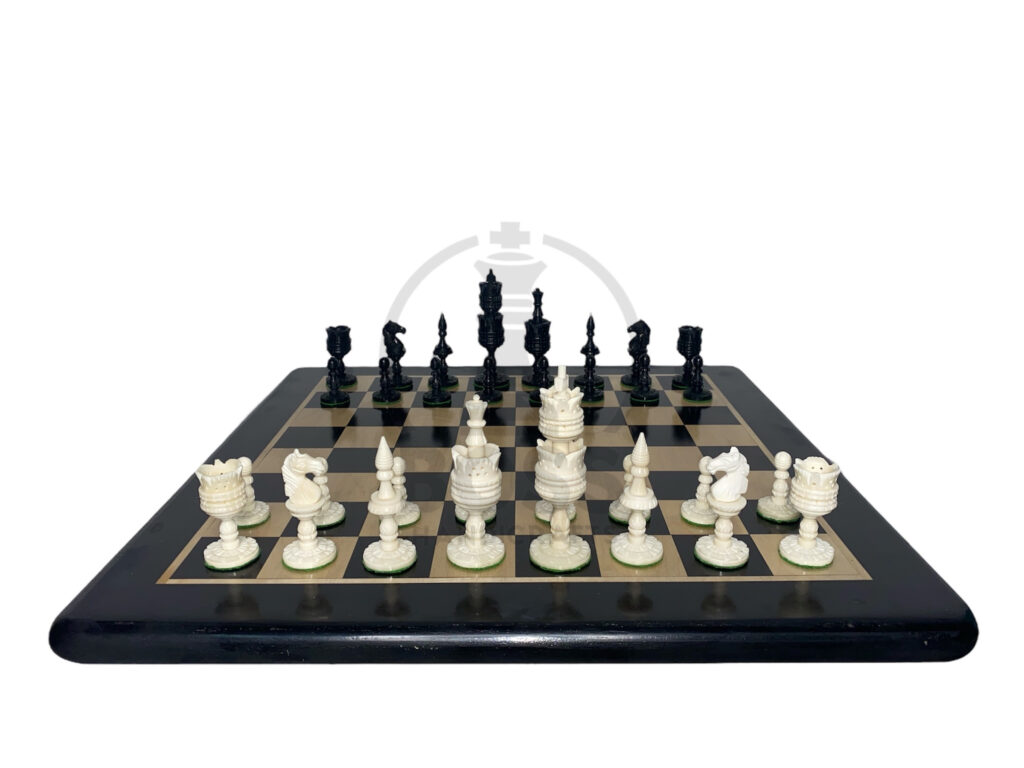Divya Deshmukh Triumphs: A Spotlight on Her Stunning Victories at the Pune FIDE Women’s Grand Prix

Introduction to Divya Deshmukh’s Journey
Divya Deshmukh, a prominent figure in the chess world, has captured the attention of enthusiasts and professionals alike with her remarkable talent and strategic prowess. Hailing from India, Divya’s journey in chess began at a young age, where her early exposure to the game allowed her to develop a solid foundation. Her dedication and passion for chess have propelled her through various tournaments, making her a recognized name in competitive circles.
As a young female chess player, Divya represents a wave of emerging talent that is essential for the growth of the sport, particularly in women’s chess. Her participation in national and international events has not only honed her skills but has also placed her in the spotlight as a contender worthy of attention. Divya’s adept use of both wooden chess pieces and sophisticated strategies on the wooden chessboard reflects her commitment to the game’s legacy, as well as her potential to influence future generations of players.
The Pune FIDE Women’s Grand Prix marked a significant milestone in her career, showcasing not only her proficiency but also her ability to thrive under pressure. Her recent victories at this prestigious event have further solidified her status as a rising star in the realm of luxury chess. Each match played has been a testament to her skill and determination, inspiring many aspiring players to pursue excellence in their own chess journeys.
Divya’s achievements resonate beyond her personal success; they highlight the growing opportunities and recognition for female chess players. As she continues to navigate the complexities of the game, her story serves as a beacon of hope and motivation for many, illustrating that with perseverance and dedication, remarkable heights can be reached in the world of chess.
Overview of FIDE Women’s Grand Prix in Pune
The FIDE Women’s Grand Prix is a pivotal event on the women’s chess calendar, designed to showcase the talents of the world’s most skilled female players. This tournament format combines classical chess with a series of individual tournaments, contributing to an overall ranking that influences qualification for the Women’s Candidates Tournament. The Grand Prix is not just a competition; it serves as a critical platform for players to gain invaluable experience and enhance their standings within the global chess community.
In the 2023 edition held in Pune, India, participants included some of the elite figures in women’s chess, all vying for not only points but also the prestigious title associated with the Grand Prix. Players such as Grandmaster Hou Yifan and the highly-regarded Tan Zhongyi brought significant acclaim to the event. Each match was a testament to complex strategies and skillful maneuvers, ensuring that spectators and participants alike experienced a stimulating atmosphere. This particular Grand Prix also featured rising stars, who demonstrated their potential in this competitive environment, further exemplifying the depth of talent present.
The significance of the FIDE Women’s Grand Prix transcends merely winning titles; it is a fixture that fosters competition among the best. The event draws attention from chess enthusiasts worldwide, further elevating the profile of women in chess. The presence of an exceptional lineup, featuring both seasoned veterans and ambitious newcomers, guaranteed a rich narrative and exciting games throughout the tournament. As the pieces were maneuvered on the beautifully crafted wooden chessboard, the air was palpable with anticipation, making it a notable chapter in women’s chess history.

Divya’s Remarkable Victory Over Salome Melia
In the intense environment of the Pune FIDE Women’s Grand Prix, Divya Deshmukh faced off against Salome Melia in a match that highlighted her exceptional chess skills and strategic acumen. As the game progressed, it became evident that Divya was well-prepared, demonstrating both an understanding of the chessboard dynamics and a mastery of psychological tactics inherent in competitive play.
From the outset, Divya established her intent with a controlled opening. She opted for a classic pawn structure that would gradually enhance her position while limiting Melia’s options. The initial moves were critical in setting the pace for the game, with Divya skillfully developing her pieces. By employing a combination of aggressive positioning and solid defense, she laid the groundwork for a strong mid-game.
A significant turning point occurred when Divya executed a remarkable bishop maneuver that forced Melia to make defensive moves rather than pursue her offensive strategy. This pivotal moment exemplified Divya’s ability to anticipate her opponent’s reactions and capitalize on them. Her use of the wooden chess pieces to create threats while maintaining pressure created openings that were not easily exploitable for Melia.
As the match progressed, the psychological dynamic became increasingly evident. Divya maintained a calm demeanor, which likely contributed to Melia’s growing frustration. Each carefully calculated move was accompanied by a focus on the endgame, illustrating Divya’s foresight and composure under stress. In the end, her ability to execute a well-timed exchange effectively sealed the victory, showcasing the importance of both tactical and psychological strategies in high-stakes chess competitions.
This victory not only emphasized Divya’s prowess with her wooden chess pieces but also established her as a formidable contender in the realm of luxury chess. Her performance against Melia was a testament to her dedication, showcasing how a blend of skill, strategy, and mental fortitude can lead to success at the highest levels of the game.
The Significance of Her Win Against Melia
Divya Deshmukh’s recent victory over Melia at the Pune FIDE Women’s Grand Prix not only showcases her skill as a chess player but also carries broader implications for her career in the highly competitive realm of chess. This win marks a significant milestone in Divya’s journey, enhancing her ranking in the FIDE ratings, which is a crucial metric for players aspiring to make their mark in the chess community. The outcome of this match is expected to bolster her confidence, as each triumph reinforces her belief in her abilities, allowing her to approach future competitions with renewed energy and determination.
In the chess world, victories against formidable opponents resonate significantly among peers and enthusiasts alike. Having secured a win against a player of Melia’s caliber, Divya effectively positions herself among the elite women chess players globally. This shift in her standing can lead to increased recognition and potential invitations to high-stakes tournaments, which are often accompanied by substantial incentives. Not only does this win enhance her exposure to larger audiences, but it also opens doors for sponsorship and opportunities in the luxury chess market, where wooden chessboards and wooden chess pieces often symbolize elegance and status.
The motivational aspect of this victory cannot be understated. As Divya looks toward her future competitions, the energy derived from this win will likely serve as a driving force in her preparation and strategy. It is essential to maintain momentum; each victory builds a psychological advantage, making her an intimidating opponent on the chessboard. Furthermore, her journey serves as an inspiration for aspiring chess players, particularly women, showcasing how determination and perseverance can lead to success. As Divya continues to rise through the ranks, her accomplishments will surely encourage others to pursue excellence in the game of chess.

Divya’s Stunning Triumph Over Vaishali
Divya Deshmukh’s match against Vaishali was nothing short of a masterclass in chess strategy and execution, marking a significant moment in her professional career. The atmosphere was charged with anticipation as both players faced off on the wooden chessboard, where each piece symbolized not just a strategy, but also hours of preparation and dedication. Divya opened the game with a solid e4 move, which led to a Sicilian Defense from Vaishali, a choice known for its dynamic possibilities.
Throughout the match, Divya demonstrated remarkable flexibility and deep understanding of the positions that arose. After establishing her pieces on central squares, she quietly built an impenetrable fortress. Vaishali’s attempts to gain counterplay were met with astute counter-moves from Divya, who navigated the complexities with precision. The tension escalated when both players entered a mid-game where tactical skirmishes became inevitable. Here, Divya’s intuitive sense for the right moment to transition from defense to offense highlighted her improving capabilities.
One of the critical turning points came when Divya sacrificed a pawn to enable an aggressive advancement for her rook and subsequent infiltration into Vaishali’s camp. This tactical decision showcased not only Divya’s growing prowess but also her adaptability in high-pressure situations. As the game progressed towards the final stages, the wooden chess pieces danced across the board, each move calculated with care. In a climactic finish, Divya managed to capitalize on an oversight from Vaishali, leading to a powerful checkmate that concluded the match. This victory was more than just a win; it was a statement of her intent on the luxury chess stage, showcasing her potential to become a formidable player in future tournaments.
Comparative Analysis of Both Victories
Divya Deshmukh’s recent triumphs at the Pune FIDE Women’s Grand Prix showcase her remarkable adaptability and strategic acumen in the realm of luxury chess. Each victory was not only a testament to her skill but also highlighted the contrasting playing styles of her opponents: Melia and Vaishali. Understanding these differences reveals how Divya tailored her gameplay to effectively counter each adversary.
In her first match against Melia, a player known for her aggressive tactics and creativity, Divya demonstrated an impressive ability to remain calm under pressure. Melia’s initial moves were robust, aiming to seize control of the board quickly through her distinctive opening strategies. However, Divya’s response showcased her extensive knowledge of traditional chess theories and flexibility in deploying her wooden chess pieces. By focusing on positional stability rather than engaging in tactical skirmishes, she successfully neutralized Melia’s threats, transitioning into a more dynamic endgame that led to her victory.
Conversely, her bout with Vaishali exemplified a different challenge. Vaishali, renowned for her methodical approach and deep understanding of chess principles, forced Divya to adopt a more aggressive stance. Here, Divya took advantage of Vaishali’s slower pace, producing clever maneuvers that leveraged her wooden chessboard’s layout. This strategic shift allowed her to create opportunities for advancement while disrupting Vaishali’s carefully laid plans. The contrast in approaches between the two matches highlights Divya’s ability to modify her strategy according to the demands of the situation, a quality intrinsic to achieving success in high-stakes tournaments like the Grand Prix.
The essence of Divya’s adaptability is evident in these victories, underscoring the impact of knowing one’s opponents and employing strategic diversity in luxury chess. Each win not only contributes to her growing reputation but also emphasizes the need for flexibility in competitive play.
Divya Deshmukh’s Chess Style and Techniques
Divya Deshmukh has captivated chess enthusiasts with her distinctive style and strategic thinking, which have significantly contributed to her success in recent tournaments, including the Pune FIDE Women’s Grand Prix. A key aspect of her approach lies in her versatility, allowing her to adapt her tactics based on her opponents and the flow of the game. This adaptability is essential in the world of chess, where one must navigate the complexities presented by the moves of the adversary while maintaining focus on one’s own game plan.
One prominent feature of Deshmukh’s play is her meticulous opening repertoire. Whether she chooses to utilize classical openings or experiments with less common lines, her strategic choice often involves a deep understanding of the underlying principles of each position. This keen insight enables her to steer the game into territories where she feels most comfortable, often resulting in advantageous positions against her competitors. Furthermore, her ability to analyze their strategies through the lens of her openings highlights her competitive edge. When paired with her wooden chess pieces on a finely crafted wooden chessboard, she approaches the game with both aesthetic appreciation and tactical acumen.
In addition to her openings, Deshmukh’s endgame techniques are noteworthy. She often demonstrates a remarkable capability to simplify complex positions and acculturates to her opponents’ weaknesses. Her decision-making in high-pressure situations has also shown considerable maturity, suggesting that she possesses not only technical skills but also the psychological fortitude necessary for success at high levels of competition. As she continues to refine her playing style, her current performances foreshadow a bright future in the realm of luxury chess. The combination of her technical proficiency and innovative strategies places her in a uniquely advantageous position as she pursues further victories on the chessboard.
A Resilient Path Ahead: Challenges and Goals
As Divya Deshmukh embarks on her advanced chess career following her impressive performances at the Pune FIDE Women’s Grand Prix, she is poised to face a multitude of challenges that accompany the transition to heightened competition levels. The chess world is vast, with numerous upcoming tournaments that will test her skill, strategy, and mental resilience, especially against seasoned opponents who may have years of competitive experience. Navigating this environment will require a disciplined approach to both her training and game strategy.
One of the most significant challenges for Divya will be maintaining her competitive edge while continually evolving her tactics on a wooden chessboard. The game of chess is ever-changing, and remaining adaptable is crucial. She will need to closely analyze her opponents’ strengths and weaknesses, which may involve extensive study of various chess openings, endgames, and strategies, utilizing not only traditional resources but also modern chess studying tools and mentorship from seasoned professionals.
Divya’s goals encompass refining her gameplay and participating in more prestigious events, including international competitions where luxury chess sets will likely be showcased. Such platforms provide exposure and the opportunity to encounter diverse playing styles. Committing to a rigorous training regimen, which may involve daily practice sessions with wooden chess pieces, will enhance her skills further. Building mental fortitude will also play a pivotal role in her journey. The psychological aspects of competitive chess, such as managing pressure and sustaining concentration throughout long matches, cannot be overstated.
By acknowledging these challenges and thoughtfully setting her goals, Divya is establishing a resilient path ahead in the chess world. Her commitment to continuous improvement and mental strength will undoubtedly contribute to her achievements as she pursues excellence in future chess tournaments.
Conclusion: The Future of Divya Deshmukh
Divya Deshmukh has certainly made a remarkable impact in the realm of chess, particularly noted through her recent triumphs at the Pune FIDE Women’s Grand Prix. Over the course of this prestigious tournament, she exhibited not only strategic prowess but also an admirable resilience which is essential in high-stakes competitions. As she continues to hone her skills, her trajectory seems to suggest a promising future where she may become a leading figure in women’s chess.
The way Divya successfully navigated her matches against formidable opponents, while solidifying her standing among tournament participants, indicates her potential to rise in the chess world ranks. As she transitions from a promising young talent to a more established player, the support from chess enthusiasts and mentors will be vital. The fusion of her talent and the backing of the chess community may propel her towards greater milestones, allowing her to compete not just locally but on international stages.
Moreover, as the demand for luxury chess sets continues to grow, fueled by increased interest in chess due to high-profile matches, players like Divya will become central figures inspiring a new generation of chess enthusiasts. With elegantly crafted wooden chessboards and intricately designed wooden chess pieces gaining popularity, the art and sport of chess are set to thrive. Following Divya Deshmukh’s journey as she navigates the complexities of a professional chess career will not only be exciting for her supporters but also essential in understanding the evolving landscape of competitive chess.
Ultimately, as she continues to pursue excellence, her story serves as a reminder of the vast potential within the realm of women’s chess and the importance of recognizing and nurturing emerging talents. Keeping an eye on her future endeavors will undoubtedly prove to be rewarding.



